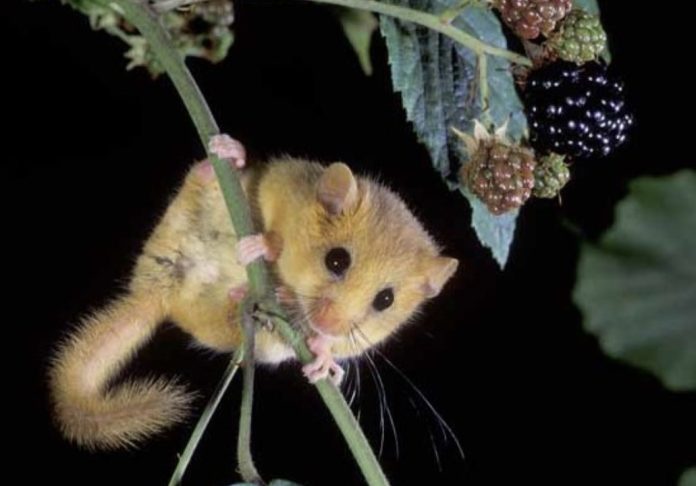A new report out today warns that nearly that nearly one in six of the 10,000-plus species surveyed risk being lost from Great Britain.
The State of Nature report shows that the abundance of species studied in the UK has declined by 19 per cent on average since records began in 1970.
But while the most important natural habitats are in poor condition, work to protect landscapes has clear benefits for nature, people and climate.
The most at-risk groups included birds, amphibians and reptiles, fungi and lichen and land mammals. Turtle doves, water voles, lady’s slipper orchids and European eels are among the species affected. More than half of plant species have also declined, as have 59 per cent of mosses and liverworts (bryophytes).
Pollinators such as bees and butterflies are among the worst-hit groups, falling by 18 per cent on average.
Habitats for wildlife were also found to be faring badly, with only one in seven of those assessed for the report in a good condition.
This included only a quarter of peatlands and seven per cent of woodlands found to be in a good condition. None of the sea floor around the UK was in a good state because of damage caused by discarded fishing gear.
Since 1970, and when monitoring began, the abundance of species studied declined on average by 19 per cent. However, we also know that the UK’s biodiversity suffered huge losses before then due, in part, to habitat loss, development and persecution.
The UK now has less than half of its biodiversity remaining because of human activity.
The evidence from the last 50 years, presented in the State of Nature report, shows that intensive farming and the continuing effects of climate change are the two biggest drivers of nature loss. At sea, unsustainable fishing and climate change are the major contributing factors.
The UK is currently classified as one of the world’s most nature-depleted countries.







